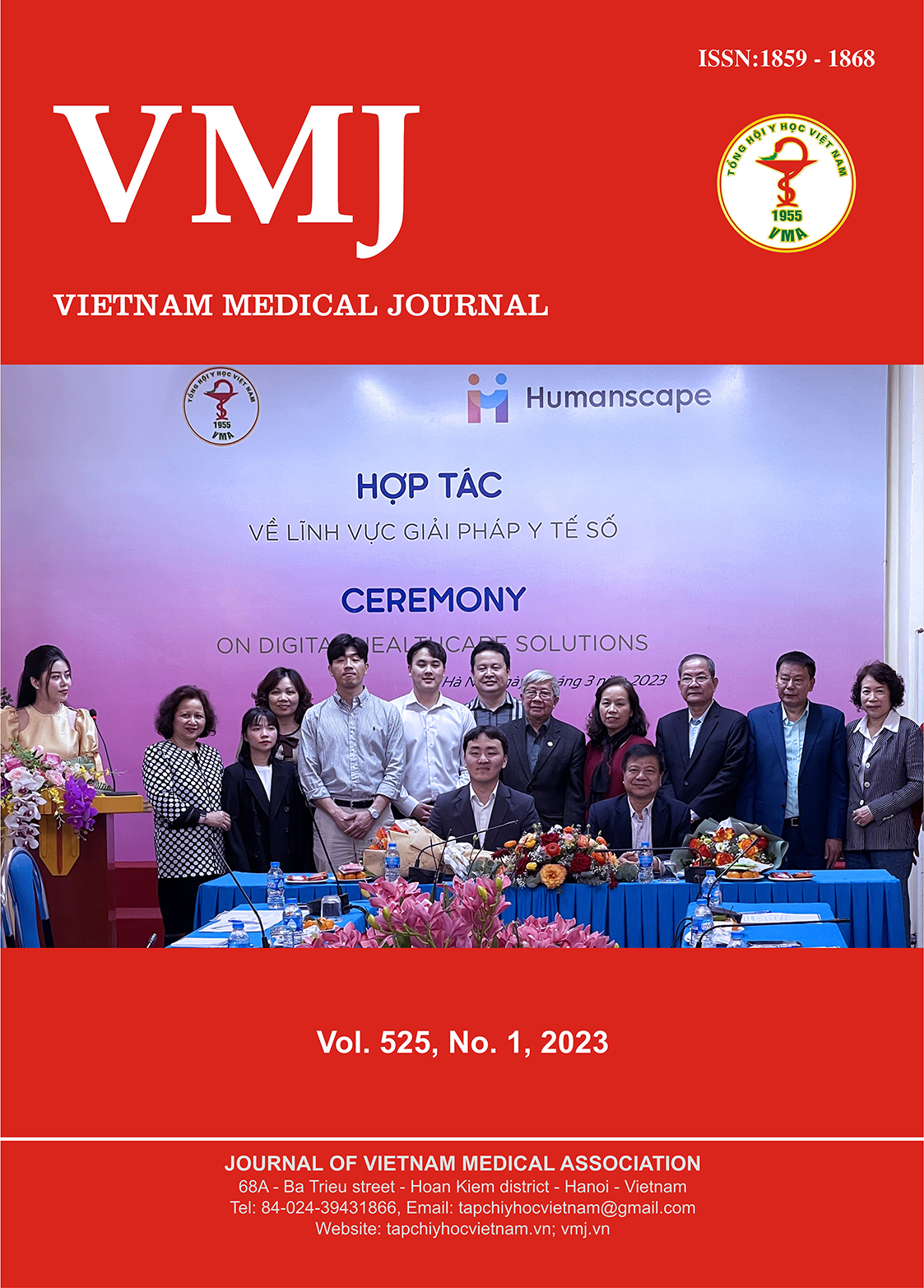EVALUATION OF COLOR FASTNESS AND SKIN IRRITATION OF HAIR DYE CREAM FROM HENNA LEAVES (LAWSONIA INERMIS L.)
Nội dung chính của bài viết
Tóm tắt
Objectives: This study aims to evaluate the color fastness and study the skin irritation of a natural hair dye cream from Henna leaves. Materials and method: Nineteen experimental (F1-F19) are conducted using the D-optimal model to evaluate the cause-effect relations and evaluate the color fastness of hair dye cream. Three independent variables were selected for the survey namely Henna extract concentration (X1 includes 5%, 10%, 15%), pH of cream (X2 includes 6, 7, 8), hydrogen peroxide concentration (X3 includes 0%, 2%, 4%). Three dependent variables include color fastness after 1 washes (Y1), 6 washes (Y2) and 12 washes (Y3). Test for skin irritation hair dye cream was applied for rabbits. Results: the optimal parameters of hair dye cream were identified, which included Henna extract concentration of 10%, pH of 6, hydrogen peroxide concentration of 4%. The fastness property of the dye was observed to be very good even after washing 12 times and the absence of sensitivity or reaction on the skin. Conclusion: The results showed that the product has the ability to dye hair and is safe for the skin.
Chi tiết bài viết
Từ khóa
hair dye cream, Henna leaves, BCPharSoft software, color fastness, skin irritation study.
Tài liệu tham khảo
2. Đo Tat Loi (2014), Vietnam medicinal plants and herbs, Medicine Publishing House Hanoi.
3. Vietnam Ministry of Science and Technology. Directorate for standards (2007), metrology and Quality TCVN 7391-10-2007.
4. Jayaganesh Sankar, Mridula Kini, Sudhakar Mhaskar, Neha Sathe (2021). Evaluation of Herbal Henna Based Hair Colour Retention Study Through Chromo Meter. Hair Ther Transplant, 11(3), 1000165.
5. Kumar, K.S.; Begum, A.; Shashidhar, B.; Meenu, M.; Mahender, C.; Vamsi, K.S. (2016). Formulation and Evaluation of 100% Herbal Hair Dye. IJARMPS, 1, 1-5.
6. Packianathan N. và Karumbayaram S. (2010). Formulation and Evaluation of Herbal Hair Dye: An Ecofriendly Process. J Pharm Sci, 2, 648-656.
7. Phadatare S.P., Nesari T.N., Pokharkar D. et al. (2013). Comparative study of dyeing efficiency and retention capacity of herbal hair dyes. Int J Res Ayurveda Pharm, 4(2), 198–202.
8. Rosaini H., Efrida V., Halim A. et al. (2021). Stability Test of Dyes From Beetroot Extract (Beta Vulgaris L.) In Hair Dye Cream. International Journal of Pharmaceutical Research and Applications, 6(4), 715-722.


